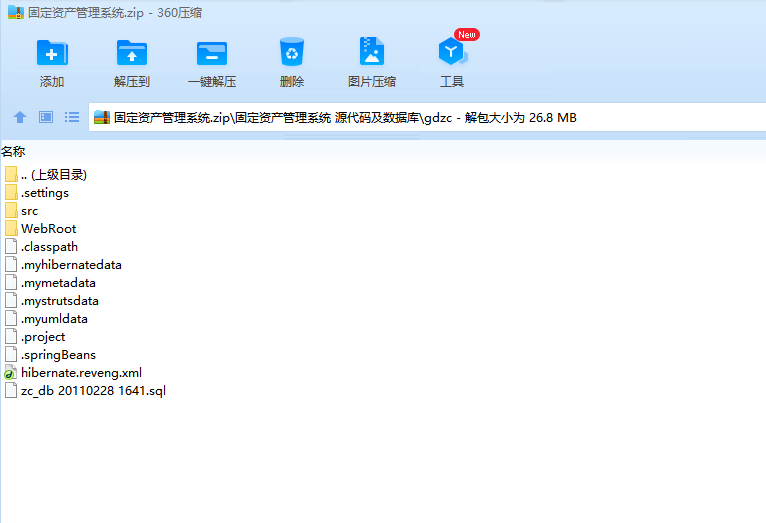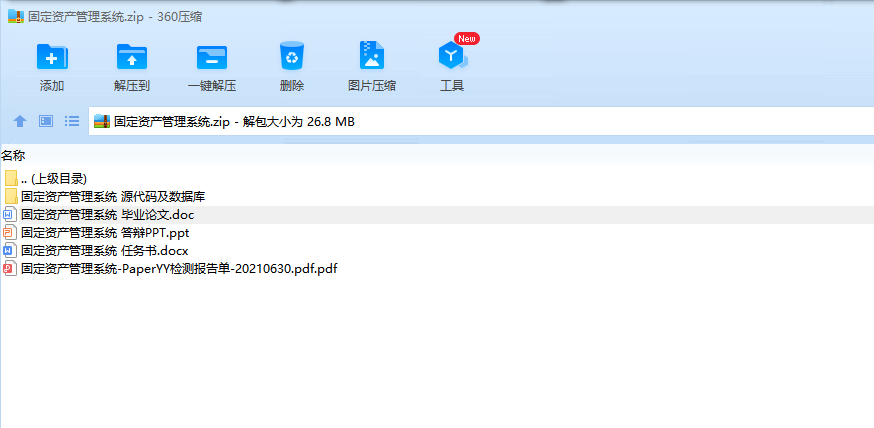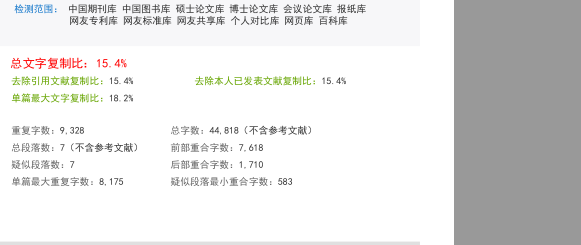固定资产管理系统
摘 要
随着计算机信息技术的发展以及对资产、设备的管理科学化、合理化的高要求,利用计算机实现设备及资产的信息化管理已经显得非常重要。
固定资产管理系统是一个企业不可缺少的部分。但一直以来人们使用传统的人工方式管理固定资产的信息,这种管理方式存在着许多缺点,这对于查找、更新和维护都带来了不小的困难。因此,开发一个界面友好,易操作的资产管理软件进行自动化管理变得十分重要。这正是本系统开发的目的和意义。本文所阐述的固定资产管理系统,以浏览器/服务器模式高效地实现了固定资产管理的各项功能,可进行资产的添加,删除、修改、查询、打印报表等功能;还可以对每位职工的添加、删除、修改、查询基本操作;本系统还对权限进行限制,操作员只可对资产和用户进行基本操作,管理员可以为每位员工赋权限。
使用本系统,不仅提升了效率,而且满足现代企业资产管理的需要。
关键词:资产管理 JSP Struts Hibernate Spring
Fixed-assets Manager System
Abstract
With the development of computer information technology and the high demand of scientific management and rationalization of assets and equipment, using computer to achieve the information management of equipment and assets has become very important.
Fixed assets management system is an indispensable part of a unit, However, we have been using the traditional manual to manage the information of fixed assets, and there are many shortcomings of this approach, which has brought a lot of difficulties to find and update and maintenance .Therefore, to develop a as set management software with friendly interface and easy operation to carry out automated management become very important. This is the purpose and significance of the development of the system. The fixed asset management system decried in this article achieves functions of efficient management of fixed assets using browser / server model. In this system, we can use the function of assets add, delete edits and inquiry, statements printing and so on; we can also use the basic operation of workers add, delete, modify and check. The system also limit the authority so that operators can only do some basic operations to users and assets and the administrator give permissions to every employee.
With the help of this system, the university not only enhances the efficiency but also meets the needs of modern management of asset.
Keywords:Fixed-assets JSP Struts Hibernate Spring
目 录
固定资产管理系统 I
摘 要 I
Abstract II
前 言 V
第1章 绪 论 1
1.1 项目背景 1
1.2 项目设计原则 1
1.2.1 实用性原则 1
1.2.2 经济性原则 1
1.2.3 扩充性原则 2
1.2.4 社会可行性原则 2
1.3 本章小结 2
第2章 系统分析 3
2.1 需求分析 3
2.2 技术可行性 3
2.2.1 动态网站技术介绍 3
2.2.2 程序语言的选择 3
2.3 软件可行性分析 4
2.3.1 软件环境 4
2.3.2 硬件环境 7
2.4 系统结构可行性分析 7
2.4.1 B/S模式简介 7
2.4.2 B/S模式的优点 8
2.5 本章小结 8
第3章 关键技术 9
3.1 开发架构 9
3.1.1 软件开发架构的意义 9
3.1.2 Struts架构简介 9
3.2 数据持久层 11
3.2.1 持久层主流方案 11
3.2.2 持久层主流方案 12
3.2.3 持久化技术 12
3.3 本章小结 13
第4章 总体设计 14
4.1 总体设计 14
4.2 数据库设计 15
4.2.1 数据库的需求分析 15
4.2.2 数据库表的具体设计 15
4.3 详细设计 17
4.3.1 功能设计 17
4.3.2 系统登陆 18
4.3.3 系统用户管理 20
4.3.4 员工信息管理 23
4.3.5 资产入库管理 24
4.3.6 资产维护管理 28
4.3.7 资产借还管理 29
4.3.8 打印报表 31
4.3.9 密码修改 34
4.4 技术难点 34
4.4.1 中文乱码 34
4.4.2 图片处理 34
4.4.3 HQL语言 35
4.4.4 安全性 35
4.5 本章小结 36
第5章 系统测试 37
5.1 测试的定义及目的 37
5.2 测试的原则 37
5.3 系统的方法 37
5.3.1 界面测试 37
5.3.2 功能测试 38
5.3.3 需求测试 38
5.3.4 性能测试 38
5.4 系统中其它要注意的地方 38
5.5 固定资产管理系统的测试 39
5.6 本章小结 39
结 论 40
致 谢 41
参考文献 42

59W`[MC]FP.png)

}]%T[U9NI68P24{G.png)
WJV85W7TKG)HW.png)
WZQ[@_6A{MTQ.png)






